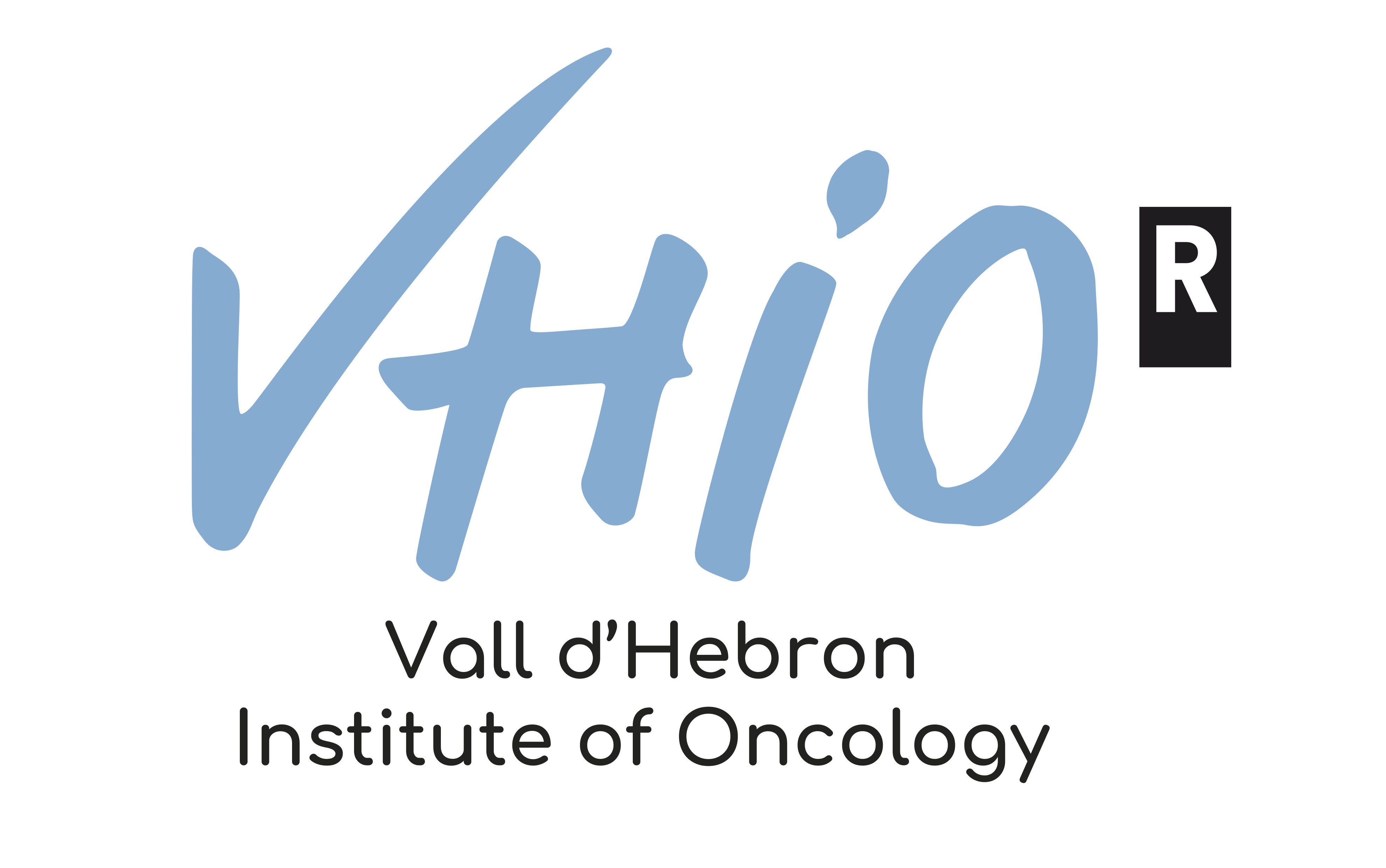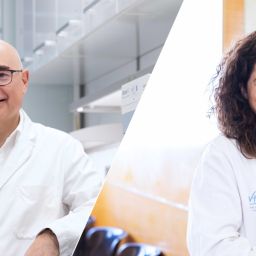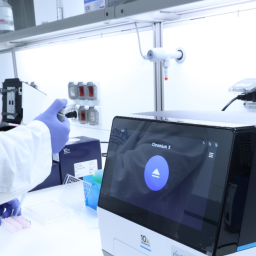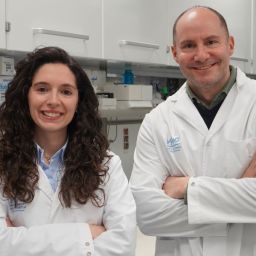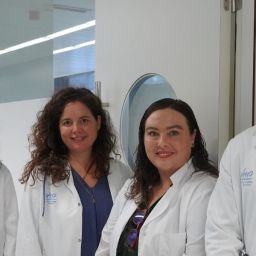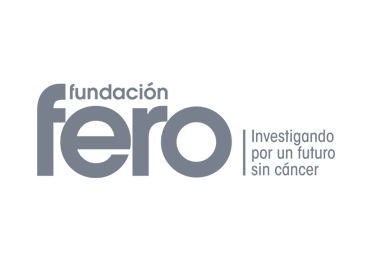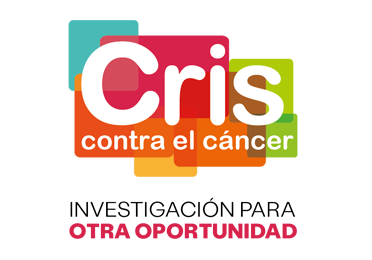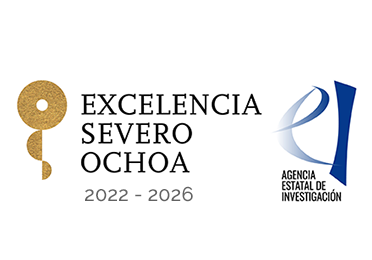
Published as a Resource article in the open access journal Cell Reports*, results from an international study co-led by investigators at the Stanford University School of Medicine, the University of Illinois Chicago and the Vall d’Hebron Institute of Oncology (VHIO) validate a novel approach for identifying cancer driver alterations through the analysis of gene copy number gains in diverse organoid models of early tumorigenesis.
If not repaired by the cell’s DNA repair mechanisms, gene alterations can lead to cell division, uncontrolled cell proliferation and the development of cancer. Some of these driver mutations consist of DNA copy number gains in a particular region of the genome. These copy gains span large chromosomal regions, often obscuring the actual driver gene.
By combining integrative computational analysis led by Christina Curtis, Head of the Cancer Computational and Systems Biology Group at the Stanford University School of Medicine, and José Antonio Seoane, Principal Investigator of VHIO’s Cancer Computational Biology Group, and organoid screening developed by Calvin Kuo, Professor of Medicine and Hematology at Stanford, the researchers have established organoid-based contextual screening of candidate genomic drivers, enabling functional evaluation during early tumorigenesis.
This study was designed to identify new copy number alterations of cancer drivers. “We first performed computational screening to identify copy number amplifications that could be implicated in oncogenesis. We analyzed the frequency of these alterations using datasets from The Cancer Genome Atlas and correlated them with alterations in gene expression,” says José Antonio Seoane, co-corresponding author of this article along with first author Ameen Salahudeen, Assistant Professor at the University of Illinois at Chicago College of Medicine, and last author Calvin J. Kuo.
The investigators computationally identified over 1,000 candidate driver genes. From these, they selected and validated 393 genes in mouse and human organoid models of oesophageal, oral cavity, colon, stomach, pancreatic and lung cancer.
They amplified the number of copies via infection of cDNA by lentivirus and marked them with a barcode, and subsequently left the organoids to grow and sequenced them to quantify the populations of marker genes.
“Using the barcode system and lentivirus we identified known oncogenes such as CDK4 y CDK6 or KRAS found in these tumor types, thus validating our new methodology. We also found two new oncogenic drivers; FGF3 in oesophageal cancer and DYRK2 in oral cavity cancer.”
“These results support the utility of our new methodology. Considering that an FGF3 inhibitor has been approved in the U.S. for the treatment of bladder and biliary cancer, our findings could also pave the way for investigating if therapy targeting FGF3-driven oesophageal cancer could be effective in this patient population with a typically poor prognosis,” concludes Seoane.
Research carried out by VHIO’s Cancer Computational Biology Group, led by José Antonio Seoane, is supported by the “la Caixa” Foundation.
###
Reference:
*Salahudeen AA, Seoane JA, Yuki K, Mah AT, Smith AR, Kolahi K, De la O SM, Hart DJ, Ding J, Ma Z, Barkal SA, Shukla ND, Zhang CH, Cantrell MA, Batish A, Usui T, Root DE, Hahn WC, Curtis C, Kuo CJ. Functional screening of amplification outlier oncogenes in organoid models of early tumorigenesis. Cell Rep. 2023 Nov 1;42(11):113355. doi: 10.1016/j.celrep.2023.113355. Epub ahead of print. PMID: 37922313. https://doi.org/10.1016/j.celrep.2023.113355
